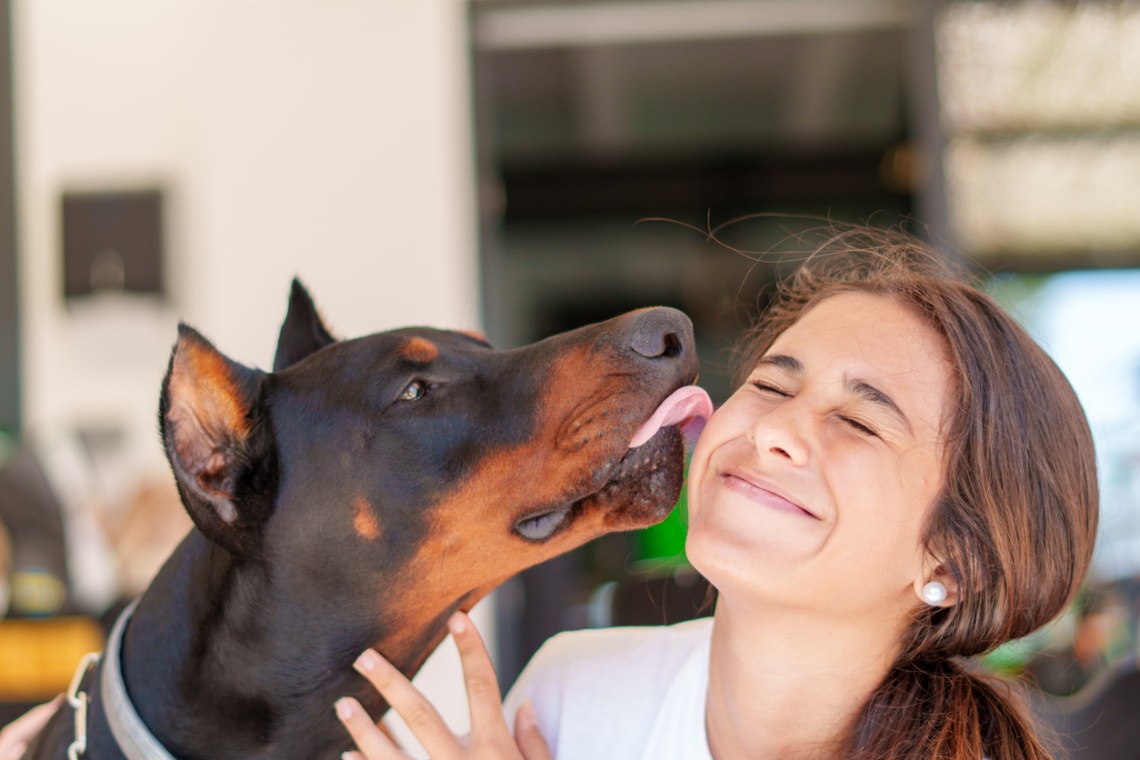Whether your dog is a loyal shadow or your cat rules the house with quiet authority, they are part of the family. But did you know these trusted companions can sometimes carry infections that affect humans, too? We call them zoonotic diseases and understanding them is key to protecting your household—furry and human alike.
What Are Zoonotic Diseases?

Zoonotic diseases are infections that can pass between animals and people. They may spread through saliva, feces, urine, skin, fur, or contaminated environments. While some are mild, others can cause serious illness—especially in young children, seniors, pregnant women, and people with weakened immune systems.
When it comes to pets, the most common concerns are zoonotic diseases in dogs and cats. Knowing the risks and symptoms helps you stay one step ahead in protecting your family.
Zoonotic Diseases in Dogs and Cats
Here are six common zoonotic diseases in dogs and cats that they can transmit to humans, along with what to look out for:
1. Roundworms & Hookworms (Toxocariasis)
- Symptoms in Animals: Pot-bellied appearance, vomiting, diarrhea, poor growth, visible worms in stool. Adults may show no symptoms.
- How Animals Get It: Ingesting contaminated soil or feces; nursing from an infected mother.
- How Humans Get It: Accidentally ingesting parasite eggs from contaminated soil, pet fur, or feces.
- Symptoms in Humans: Skin rashes, coughing, eye inflammation, and rarely, damage to organs.
2. Ringworm (Fungal Infection)
- Symptoms in Animals: Circular patches of hair loss, crusty or scaly skin, itching.
- How Animals Get It: Contact with infected animals, people, or contaminated items.
- How Humans Get It: Touching infected fur, skin, bedding, or grooming tools.
- Symptoms in Humans: Red, itchy, ring-shaped rash.
3. Giardia (Giardiasis)
- Symptoms in Animals: Diarrhea, gas, greasy stools, weight loss.
- How Animals Get It: Drinking contaminated water or contact with infected feces.
- How Humans Get It: Contact with contaminated water, feces, or fur.
- Symptoms in Humans: Diarrhea, nausea, stomach cramps.
4. Leptospirosis
- Symptoms in Animals: Vomiting, fever, muscle pain, jaundice, kidney or liver failure.
- How Animals Get It: Contact with infected urine, contaminated water, or areas with rodent activity.
- How Humans Get It: Contact with contaminated water or infected urine.
- Symptoms in Humans: High fever, vomiting, red eyes, liver or kidney damage.
Read our full blog on Leptospirosis.
5. Cat Scratch Disease (Bartonellosis)
- Symptoms in Animals: Cats often show no symptoms.
- How Animals Get It: Spread among cats through flea bites or flea dirt.
- How Humans Get It: Scratches, bites, or saliva from an infected cat.
- Symptoms in Humans: Swollen lymph nodes, fatigue, low-grade fever.
Pregnancy Note: While concerns sometimes arise that cat scratch disease may cause miscarriage, current research does not support this. One study found no clear link between the infection and harm to unborn babies. You can read the summary here: Cat Scratch Disease in Pregnancy – PubMed. Expecting individuals should still avoid cat scratches, practice good hygiene, and use flea prevention.
6. Rabies
- Symptoms in Animals: Sudden behavioral changes, aggression, excessive drooling, paralysis.
- How Animals Get It: Bite from an infected animal.
- How Humans Get It: Bite or saliva exposure from an infected animal.
- Symptoms in Humans: Flu-like symptoms, confusion, paralysis, and death if untreated. Rabies is nearly always fatal once symptoms appear, so immediate treatment is critical.
How to Prevent Zoonotic Diseases in Dogs and Cats
Preventing zoonotic diseases in dogs and cats starts with good habits and proper care. Here are a few key steps to keep your family safe:
Good Hygiene Practices
- Wash hands thoroughly after handling pets, cleaning up waste, or touching pet food.
- Avoid letting pets lick your face or open wounds.
- Teach children to wash their hands after playing with pets and avoid rough play that could lead to scratches or bites.
Safe Waste Disposal
- Scoop litter boxes daily and pick up dog waste promptly.
- Disinfect litter boxes, food bowls, and grooming tools regularly.
- Prevent pets from drinking out of puddles or stagnant water.
Veterinary Care
- Keep pets current on vaccinations, especially for rabies and leptospirosis.
- Follow your vet’s recommendations for deworming and flea prevention.
- Schedule regular wellness exams—even healthy-looking pets can be carriers of disease.
- Contact us if you notice any of the above symptoms in your pet.
Maintaining regular vet visits is one of the best ways to monitor and prevent zoonotic diseases in dogs and cats, especially since some infected pets may not show obvious symptoms.
Your Partners in Pet and Family Health

At Advanced Pet Care Clinic, we’re committed to the health of your pets and your entire household. From vaccinations to parasite prevention and expert guidance on disease risks, our team is here to help you keep your furry friends happy and your family safe.
Call us today to schedule your pet’s next wellness visit.

